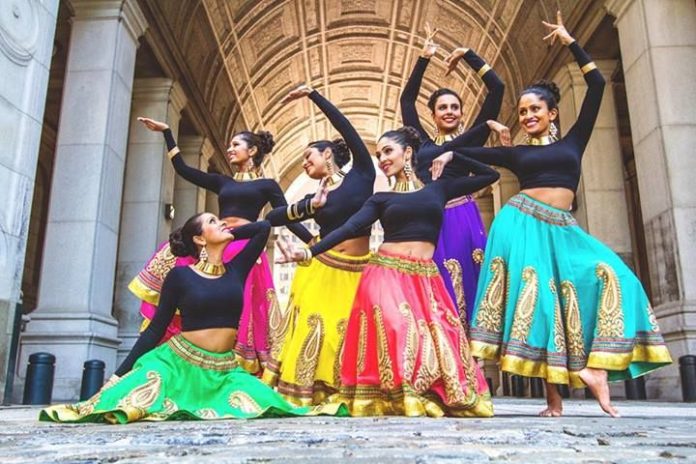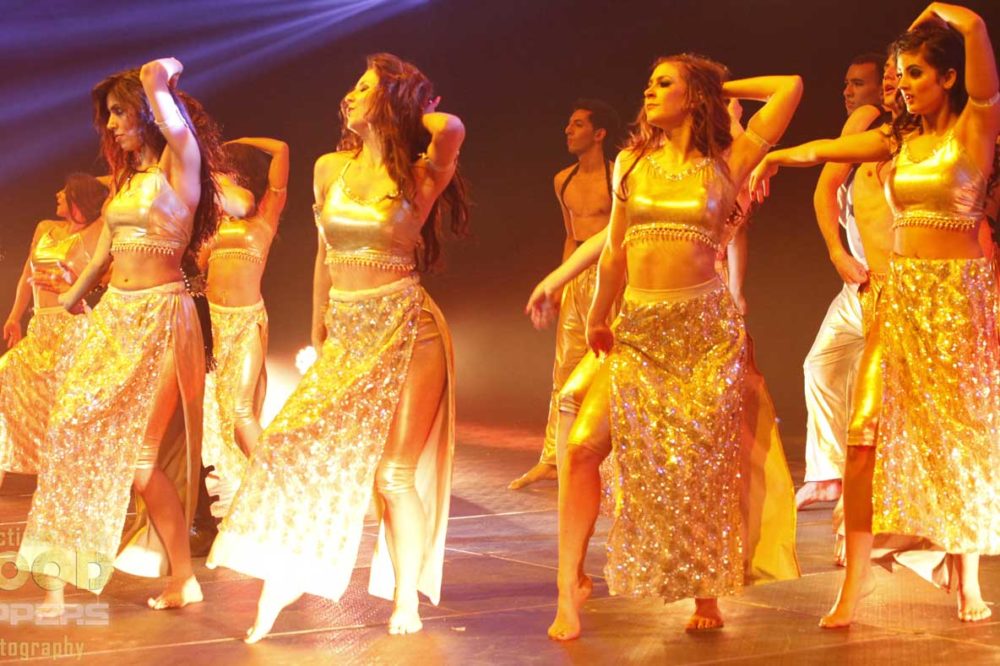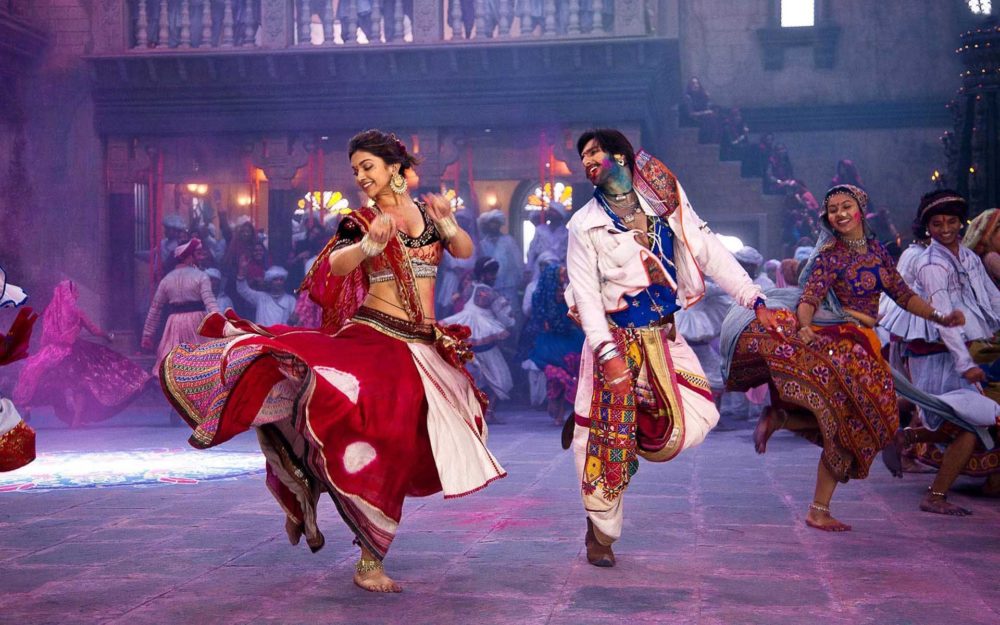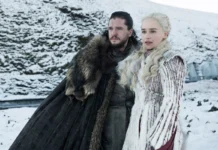
Dancing is a brilliant form of self-expression, but dancing is also a tradition in every culture.
Bollywood is the place to be. With more than a thousand movies coming out each year, the choice for entertainment is huge if you’re a fan of it.
Bollywood, for those who don’t know, is the Indian version of Hollywood. It produces movies, employs thousands of people, and it involves quite a bit of dancing.
Bollywood cinema, to put it simply, is filled with dancing. Dance is a very important act in these films, but the dancing is quite specific. It’s not like anything you’ve seen before and it ties closely to Indian culture.
It is precisely because of its tradition and culture as to why Bollywood dance is so specific. We’re going to hopefully try and explain why, as well as try to cover some of the most important numerical forms of it.
1. Hand Movements

In Bollywood dancing, hand movements are used quite a bit for a number of reasons. First off, it’s the entertainment factor that artists try to make each routine as complicated as possible to draw more eyes to it.
But there is a deeper meaning as to what makes hand movements so popular and common in Bollywood. Namely, Bollywood films use hand movements during their dance segments as a way of sign language. They’ve found the perfect way to not only entertain, but to tell the whole story to those that cannot hear the song or music.
This is what makes these films to popular, but it’s far from the only one reason what makes it so specific.
2. Neck and Head Movements
If you’ve ever seen an Indian flick, then this one is the most easily recognized act in the entire dance segment.
Neck and head movements are very common and make a lot of sense when you get to know them. The two most common are the side-to-side and the forward-to-backward side movements.
For those that have never seen these movements, they resemble a pigeon quite a lot. If you’ve ever seen a pigeon in your life then you must’ve noticed how it moves its head.
But what makes these movements so special? Well, apart from it being an old tradition, it’s supposed to add fluidity in the dance routine.
Neck and head movements are a huge part of Bollywood dances, and it supposed to be beautiful and entertaining.
3. Facial Expressions
Bollywood rhythmical movement experts say that traditional dancing incorporates a pure form and an expression form when it comes to facial expressions.
The former is closely related to physical movements in relation to the rhythm of the song and is exactly what makes it the purest form of facial expressions.
The latter is a bit different. The latter is an expression that expresses emotions, with the main goal to bring life to the entire segment. When it comes to this form of facial expression, the movement of the eyes is of utmost importance to the success of the segment.
You can see any music video for an Indian song and the first thing you’ll notice is the facial expression of the artist. To give you an example, simply visit Pagalsongs.in and play one song to see what we’re talking about.
But to continue making the point, the entire purpose of facial expressions is to portray a story to the viewer. It’s all about storytelling and it’s all made possible through the emotions portrait to us by these rhythmical segments.
One expert says that both hand and eye movements need to be in total sync. The hands are supposed to go first, and the eyes should follow the movement of the hands.
One of the main few facial expressions and emotions that you can visibly see in Bollywood music is anger, sadness, happiness, and the most important one, love.
To complement facial expression, each artist uses makeup to bolster the effect of the eyes during a segment. Makeup is also yet another factor that makes Bollywood dance so specific since it is deeply rooted in culture and tradition.
4. Foot Movement

Foot movement holds equal importance to every other body part we previously talked about. Different sub-culture of dance has its own variations and styles when it comes to foot movement.
For example, a flat-flexed foot is a classical element deeply rooted in Bharatnatyam culture. Its importance to folklore cannot be overestimated, and literary every Bharathatyam-style festival uses artists that are masters in the flat-flexed foot
This is one part of the basic Bharathatyam posture, but it needs the rest of the parts to make up the iconic posture.
The rest of the parts that make up the posture involve turning you’re your legs to sit in a demi-pile ballet position. This is very hard to master and even harder to perform in a longer segment.
But the posture isn’t done; it requires the before-mentioned hand movements that make up the rest of it. Namely, the arms should be placed on the waist while the fingers of each hand are facing back.
When you do this, you’re supposed to bang your feet on the floor. You bang one foot, and instantly lift it up and repeat with the other. These are the parts that make up the common Bharatnatyam dance style in Bollywood.
Some are even taught this style as early as six years old. If you need further explanation on this style, then simply Google “chicken step” and you’ll know how to perform it.
5. Costumes
And the last thing we’ll briefly mention is costume design. Traditional Bollywood dance uses traditional costumes. Since a lot of movies come off as quite conservative, you’ll mostly see traditional costumes during segments.
The other half of Bollywood, the more progressive, uses everyday wardrobe resembling that of the breakdancing culture in the United States and Europe.
Traditional costume design, however, is mostly made out of bells around the ankles called Ghunghroo, traditional jewelry, headpieces, nose rings, etc.








